Something unexpected happened when atoms of gallium were observed to spontaneously transition from solid to liquid and back again.


Something unexpected happened when atoms of gallium were observed to spontaneously transition from solid to liquid and back again.
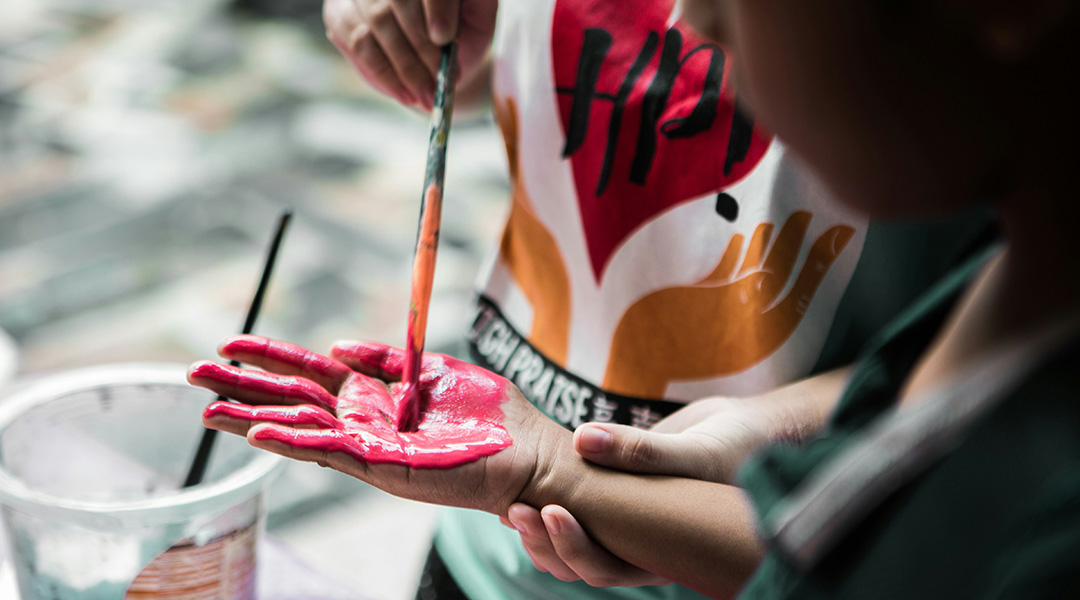
Study finds tactile learning in education helps kids engage multiple senses, leading to a richer and more interactive learning experience.

This new brain–computer interface detects weakened brain signals and boosts them to healthy levels, potentially reversing cognitive aging in the brain.
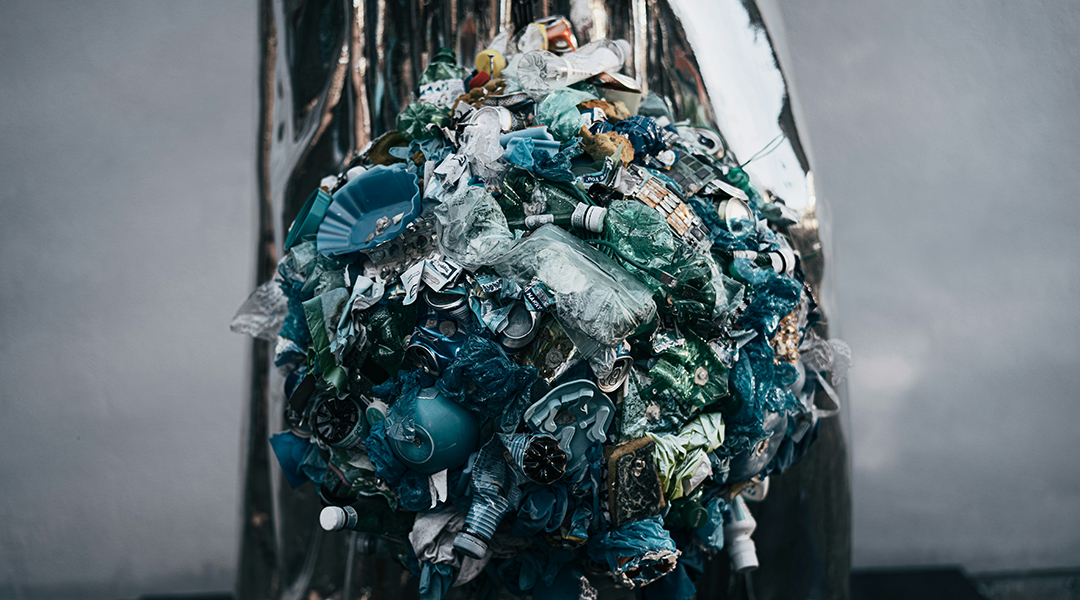
A closed-loop process for making and recycling polycarbonate plastic also captures carbon to reduce waste and cut emissions.

People recognize their own biases in algorithms’ decisions more than they do in their own—even when those decisions are the same.
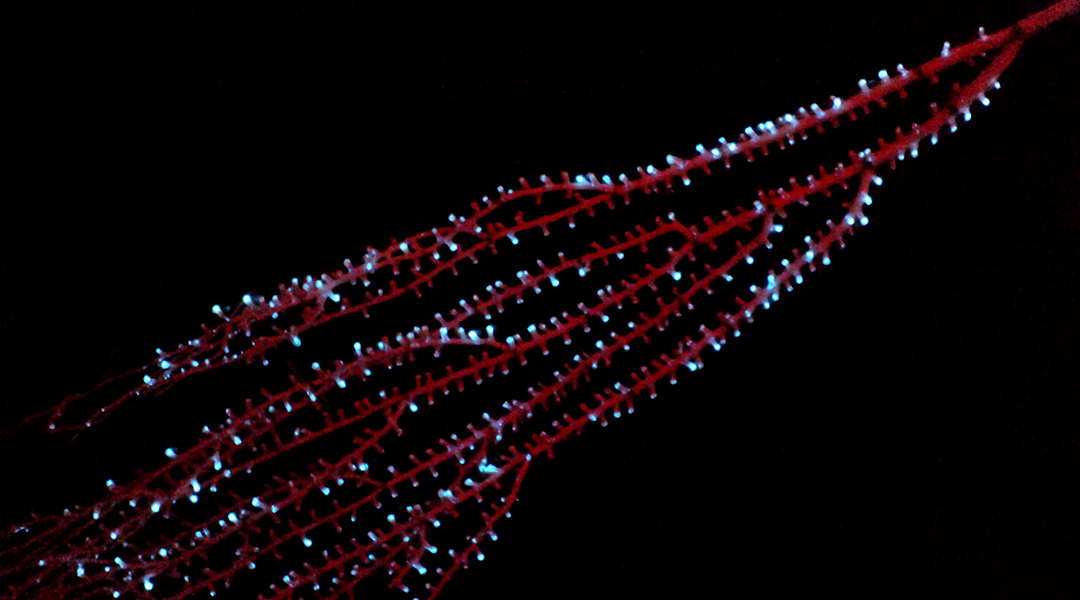
Bioluminescence has evolved independently in species time and again, but why this happened and when it first appeared has been a mystery.
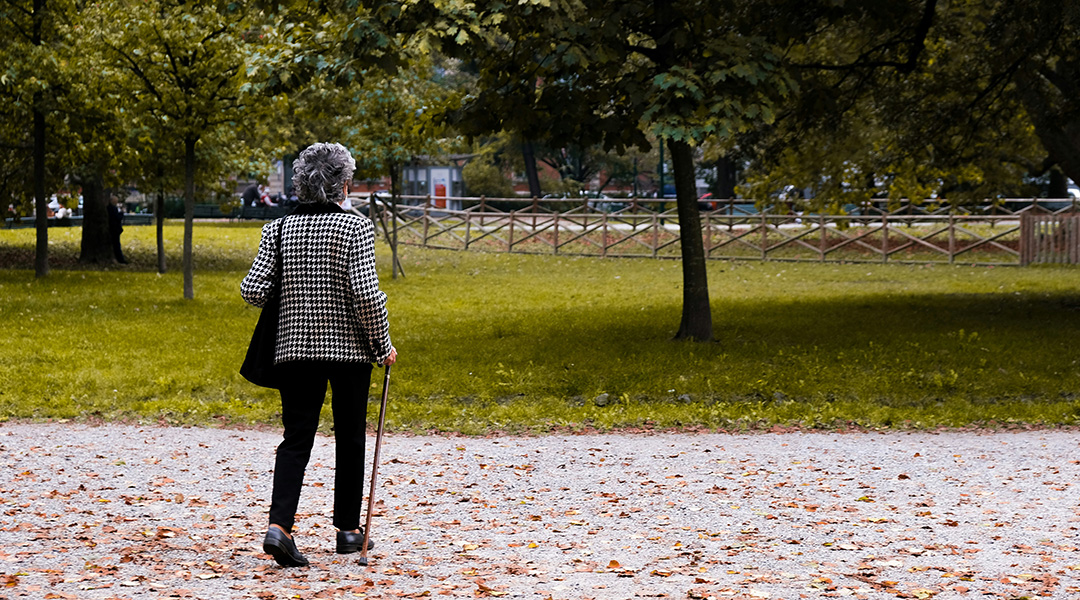
Data gathered from hundreds of thousands of individuals finds strong link between sedentary behavior and becoming frail, simple changes can help.

Pre-activation of plastics with fluorine-containing molecules disrupts their stability, making them easier to break down and upcycle.
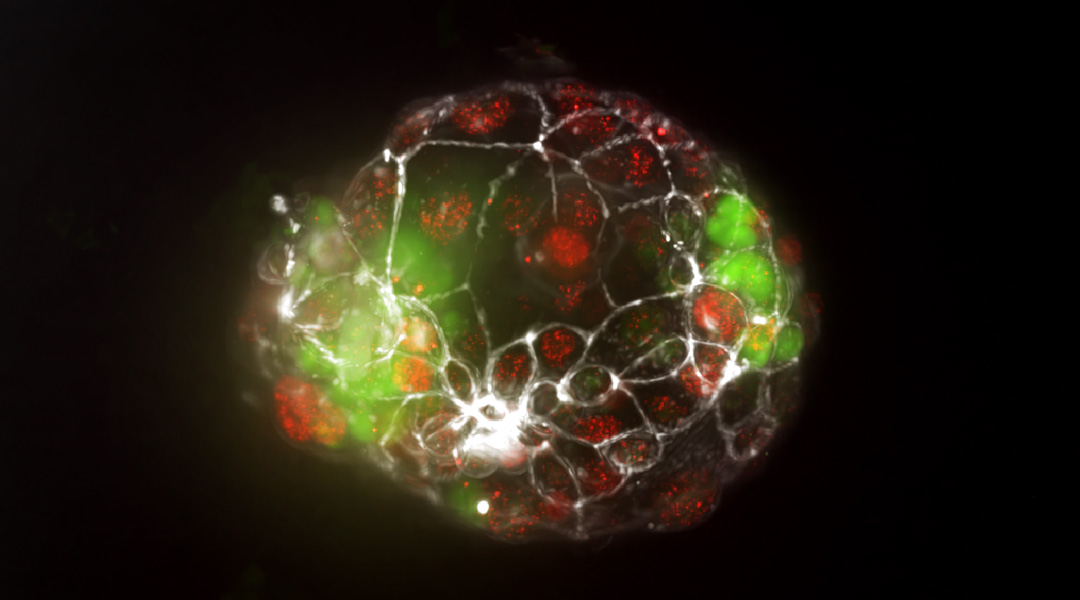
A new organ-on-a-chip model allows researchers to study the splitting of the embryo during pregnancy for the first time.
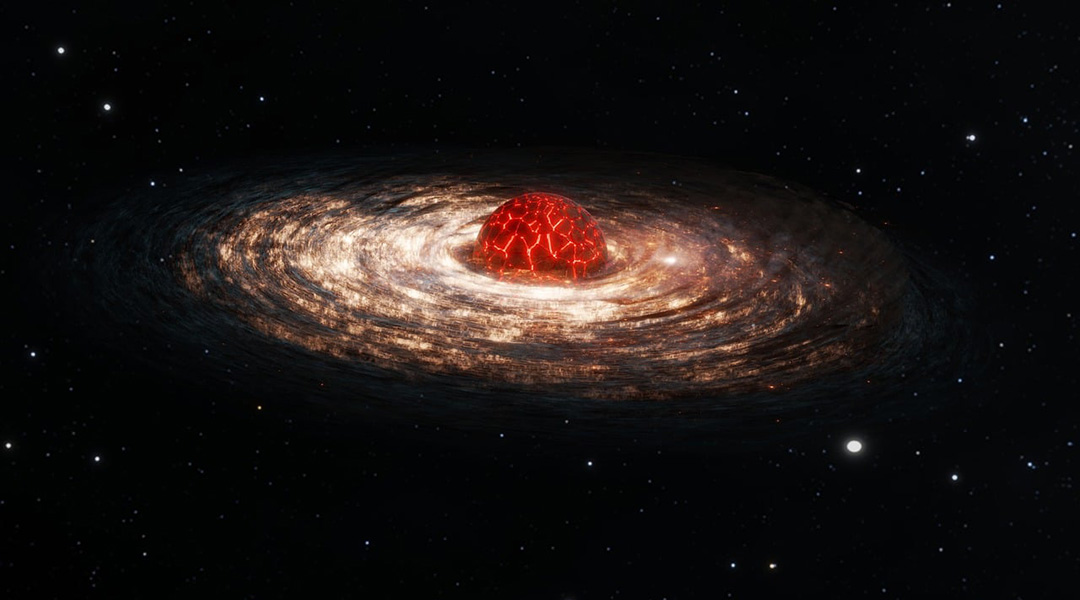
While dark matter’s enigmatic nature persists, Proca stars made of dark photons could help shed light on this cosmic mystery.